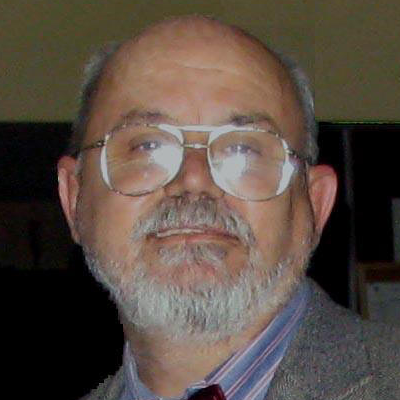Recent Advances in Fractal and Fractional Calculus Theory and Its Applications
A special issue of Fractal and Fractional (ISSN 2504-3110). This special issue belongs to the section "Complexity".
Deadline for manuscript submissions: closed (30 November 2023) | Viewed by 3087
Special Issue Editors
Interests: mathematical modeling; fractional calculus; image analysis; thermal physics; phase transitions; plasma physics; laser-driven shocks; extreme states
Interests: mathematical modeling; fractional calculus; non-linear diffusion; viscoelasticity
Special Issues, Collections and Topics in MDPI journals
2. Applied Mathematics, Dagestan State University, 367025 Makhachkala, Russia
Interests: mathematical modeling; fractional calculus; thermal conductivity of rocks
Special Issue Information
Dear Colleagues,
Fractals and the closely related fields of fractional differentiation and integration (fractional calculus) are young but rapidly developing areas of research that have been the focus of theoretical work and implemented in a wide range of applications.
This Special Issue aims to further advance research on the latest achievements and applications of fractal theory, including chaos theory, fractional calculus and their applications in the modeling of various phenomena of biology, medicine (including the spread of epidemics), heat and mass transfer in media with reduced dimensionality and, as a consequence, memory and spatial correlation effects, etc.
Topics of interest for this issue include (but are not limited to):
- Chaos theory;
- Fractal algorithms;
- Fractional calculus;
- Memory kernels;
- Non-locality and hereditary effects;
- Transient phenomena with hereditary;
- Fractional operator applications;
- Epidemiological challenges and contemporary issues related to pandemics;
- Environmental hereditary.
Dr. Aboutrab A. Aliverdiev
Prof. Dr. Jordan Hristov
Dr. Vetlugin Beibelaev
Guest Editors
Manuscript Submission Information
Manuscripts should be submitted online at www.mdpi.com by registering and logging in to this website. Once you are registered, click here to go to the submission form. Manuscripts can be submitted until the deadline. All submissions that pass pre-check are peer-reviewed. Accepted papers will be published continuously in the journal (as soon as accepted) and will be listed together on the special issue website. Research articles, review articles as well as short communications are invited. For planned papers, a title and short abstract (about 100 words) can be sent to the Editorial Office for announcement on this website.
Submitted manuscripts should not have been published previously, nor be under consideration for publication elsewhere (except conference proceedings papers). All manuscripts are thoroughly refereed through a single-blind peer-review process. A guide for authors and other relevant information for submission of manuscripts is available on the Instructions for Authors page. Fractal and Fractional is an international peer-reviewed open access monthly journal published by MDPI.
Please visit the Instructions for Authors page before submitting a manuscript. The Article Processing Charge (APC) for publication in this open access journal is 2700 CHF (Swiss Francs). Submitted papers should be well formatted and use good English. Authors may use MDPI's English editing service prior to publication or during author revisions.
Keywords
- fractional calculus
- memory kernels
- non-locality and hereditary effects
- transient phenomena with hereditary
- fractional operator applications
- epidemiological challenges and contemporary issues related to pandemics
- environmental hereditary







